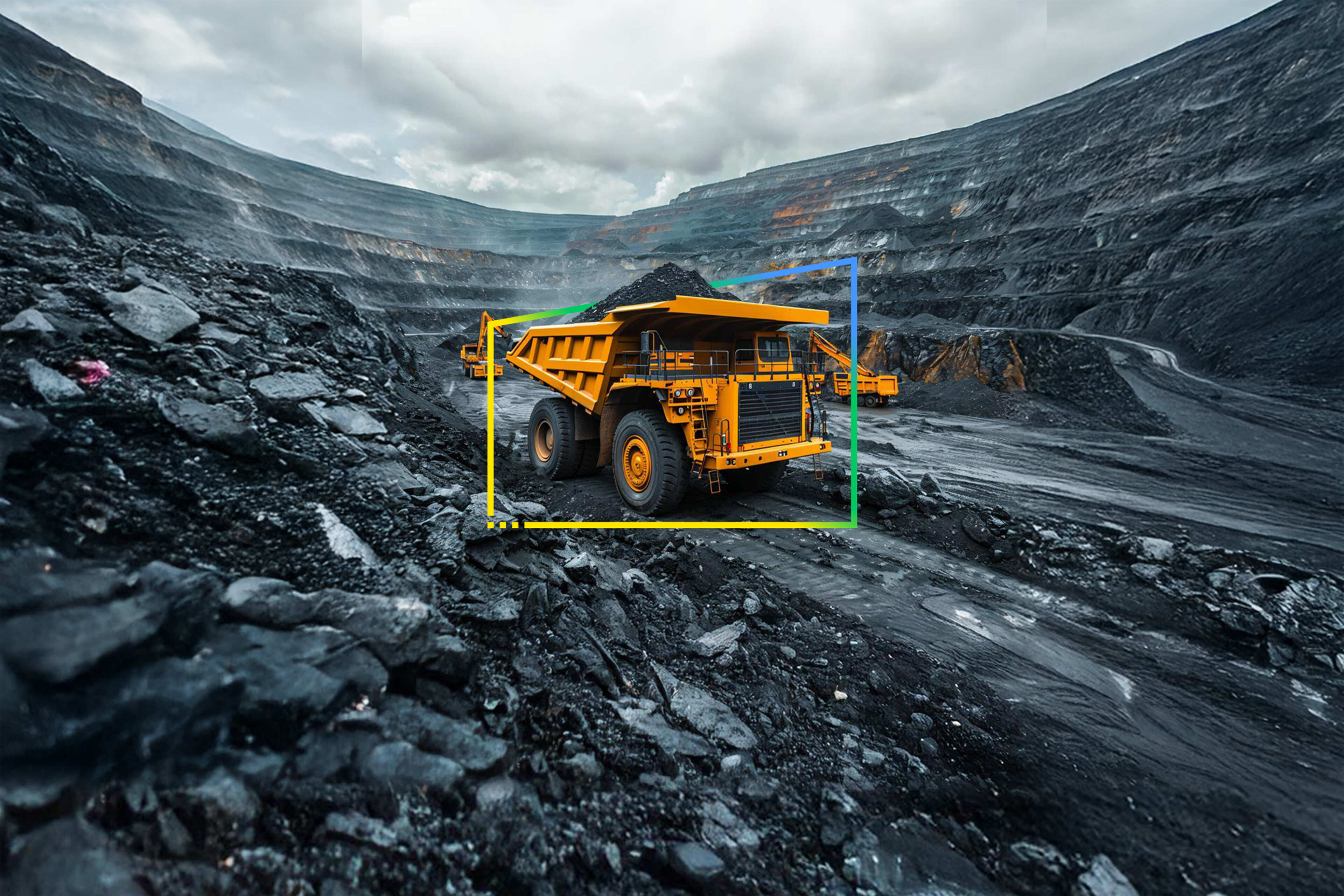How was 2024 for the sector?
Looming financial and geopolitical challenges
With Middle East supplies navigating away from new currency denominations, interesting perspectives emerged in the sector. Geopolitically, India’s energy trade continued to benefit from low-cost supplies from new countries, bolstering energy security in India.
Integrated energy focus
India’s oil and gas companies have enhanced a more integrated energy approach with public sector undertakings (PSUs), such as ONGC, IOCL announcing their green energy companies to fast-track new energy plans. Major companies also announced oil to chemicals focus with plans of 2-3x jump in petrochemical integration index, while a few reviewed capital restructuring options to enhance investments in petrochemicals spreading from commodities to specialties.
Renewable energy growth in india
India made significant strides in renewable energy targets, with its ambitious target of 500 GW renewable capacity by 2030. While solar energy installations reached record levels, the integration of hybrid systems and energy storage solutions in India and hybrid systems further stabilized the grid and enabled higher renewable energy penetration.
The Pradhan Mantari Suroday Yojana has provided a big boost to the nation’s targets of one crore household roof top solar installations.
The green hydrogen push
The government allocated US$2.4 billion in subsidies to renewable hydrogen projects, aiming to produce five million metric tons annually by 2030. Green hydrogen initiatives gained traction in industries such as steel and fertilizers, though challenges like demand-side policies and infrastructure constraints still persist.
Continued dependency on non-renewable sources, such as coal
Despite advances in renewable energy growth in India, dependence on coal continues. Seasonal hydropower shortages and rising energy demand necessitated continued reliance on coal, highlighting the dual challenge of meeting immediate energy needs while transitioning to cleaner alternatives.
Sustainability commitments
Circularity initiatives, carbon capture technology in India and industrial decarbonization efforts and advancements in carbon capture technologies have gained momentum. Heavy industries such as steel and refining began aligning with global emissions standards, including the EU’s Carbon Border Adjustment Mechanism (CABM).
Power distribution networks continues to focus on infrastructure upgradation
Infrastructure strengthening works will include separation of agriculture feeders to enable implementation of the KUSUM scheme, aerial bunch cables and HVDS for loss reduction, replacement of HT/LT lines as required, construction of new/ upgradation of substations, SCADA and DMS system.
In addition, infrastructure planning is now focusing on future renewable energy integrations to have networks with larger renewable energy penetration capabilities.








